Population and Social Characteristics
The Population of This US City Downtown Has Exploded by 50% in Just 10 Years

Published:
Last Updated:

Chicago’s downtown area has even more residents now than before the pandemic. Residents in the Loop (the city’s central business district) have grown by nearly 9% since 2020, according to the Chicago Loop Alliance. What’s more, Chicago is not the only American city with a thriving downtown.
To determine the cities with booming downtowns, 24/7 Wall St. reviewed five-year data on population change from the U.S. Census Bureau’s 2022 American Community Survey. Cities were ranked based on the percentage change in population in their downtown census tracts from 2012 to 2022. Downtown areas were defined as the census tracts that fall at least 50% within the 1.8-mile radius around a city hall. Non-downtown areas were defined as the census tracts that fall at least 50% within a city’s boundaries, yet less than 50% within the 1.8-mile radius around city hall. Boundary definitions are from the U.S. Census Bureau and are for 2022. Only principal cities of metropolitan statistical areas were considered. City hall coordinates as well as supplemental data on income are also from the Census Bureau.
For decades, some Midwestern cities on our list have suffered population decline and economic struggles overall. However, these same cities have watched their downtowns boom as populations have shifted from the suburbs to downtown. For example, Cleveland and Detroit are experiencing shrinking populations overall, yet their downtown areas have grown by 20% and 42%, respectively, in the past decade. On the contrary, some metro areas are growing overall, which is also reflected in the downtown core, as is the case in Palm Coast, Florida. (Also see: America’s Most Dangerous City.)
Another indication of a booming downtown can be gleaned from the income per capita in these census tracts. In some of the downtown areas on the list, income per capita grew by more than 50%. In fact, in a few, income per capita in the downtown areas grew considerably more than in the non-downtown areas. For example, in Phoenix, income per capita in downtown rose by 74% in the past decade compared to 22% in the non-downtown areas. Similarly, in Nashville, downtown income per capita grew by 87% compared to a 25% growth in non-downtown areas.

During the pandemic, many feared downtowns would shrink as residents fled for less populated areas. However, in one example, according to the Chicago Loop Alliance, Chicago’s downtown is flourishing with $481 million in annual economic impact on Loop businesses brought in directly by city residents. Cities with flourishing city centers reap economic and labor market benefits for the populace by reducing urban sprawl, keeping profits local, providing local jobs, attracting businesses, and improving property values.



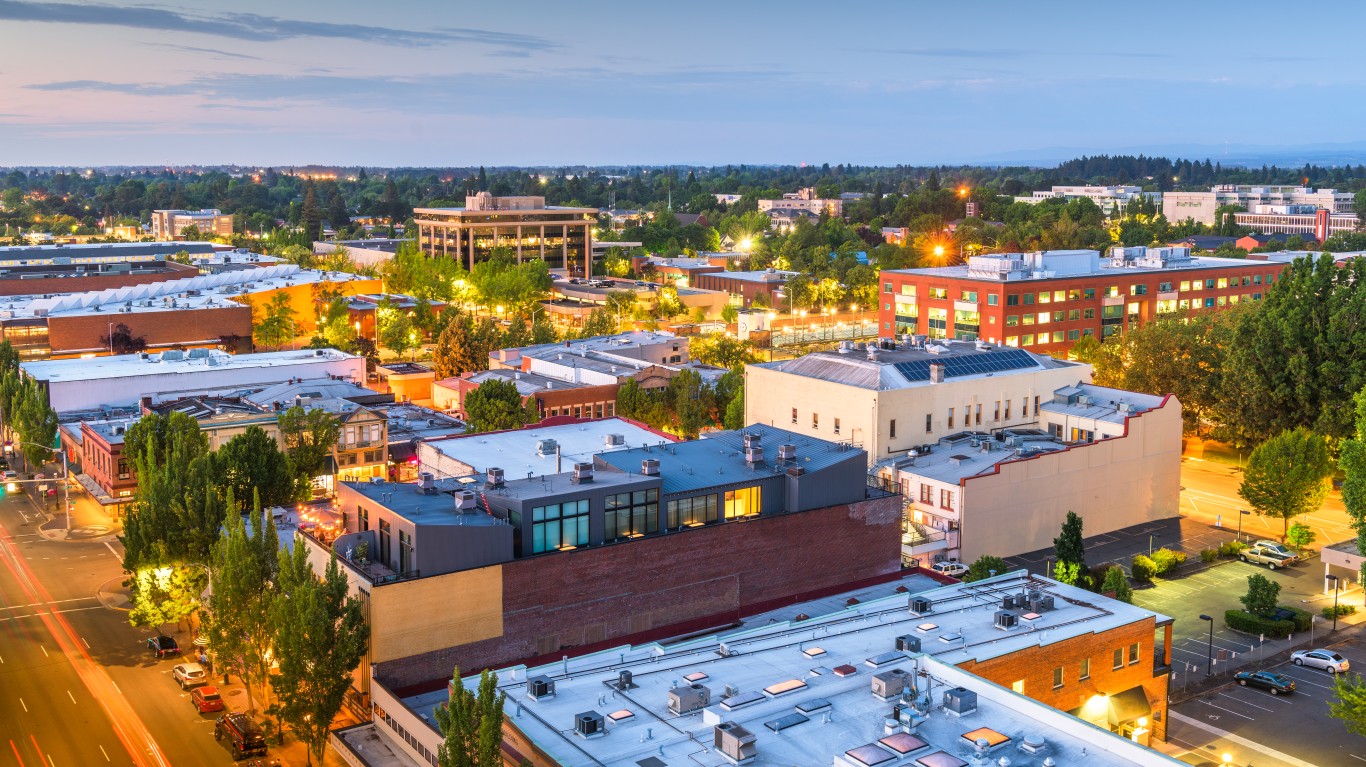
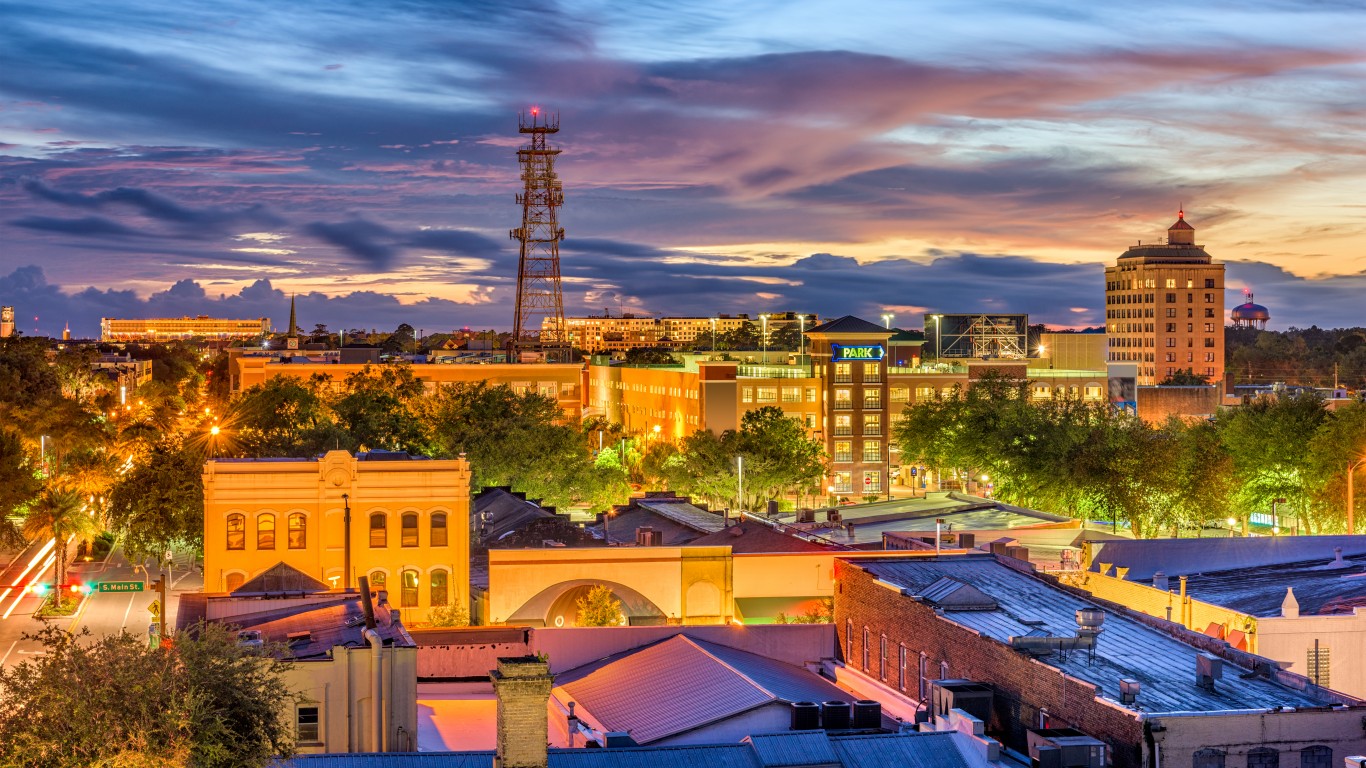



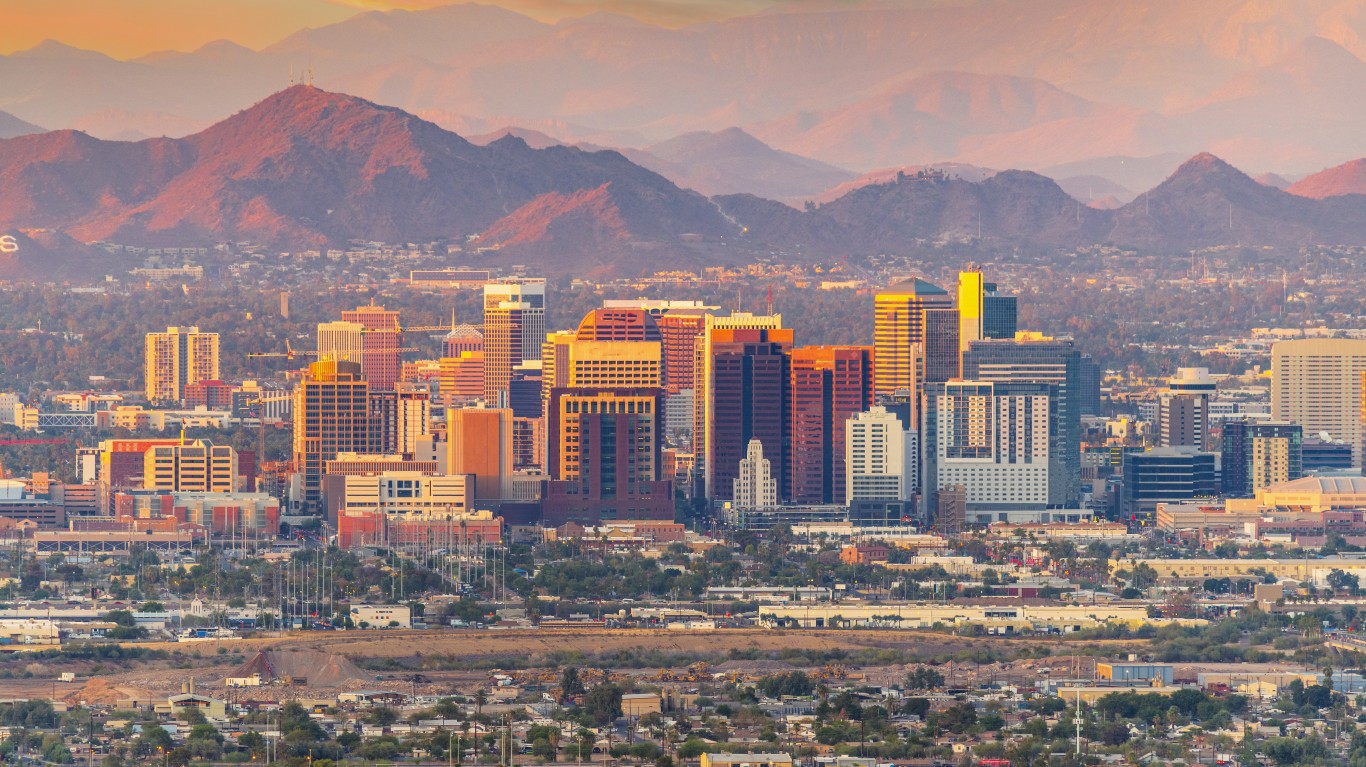

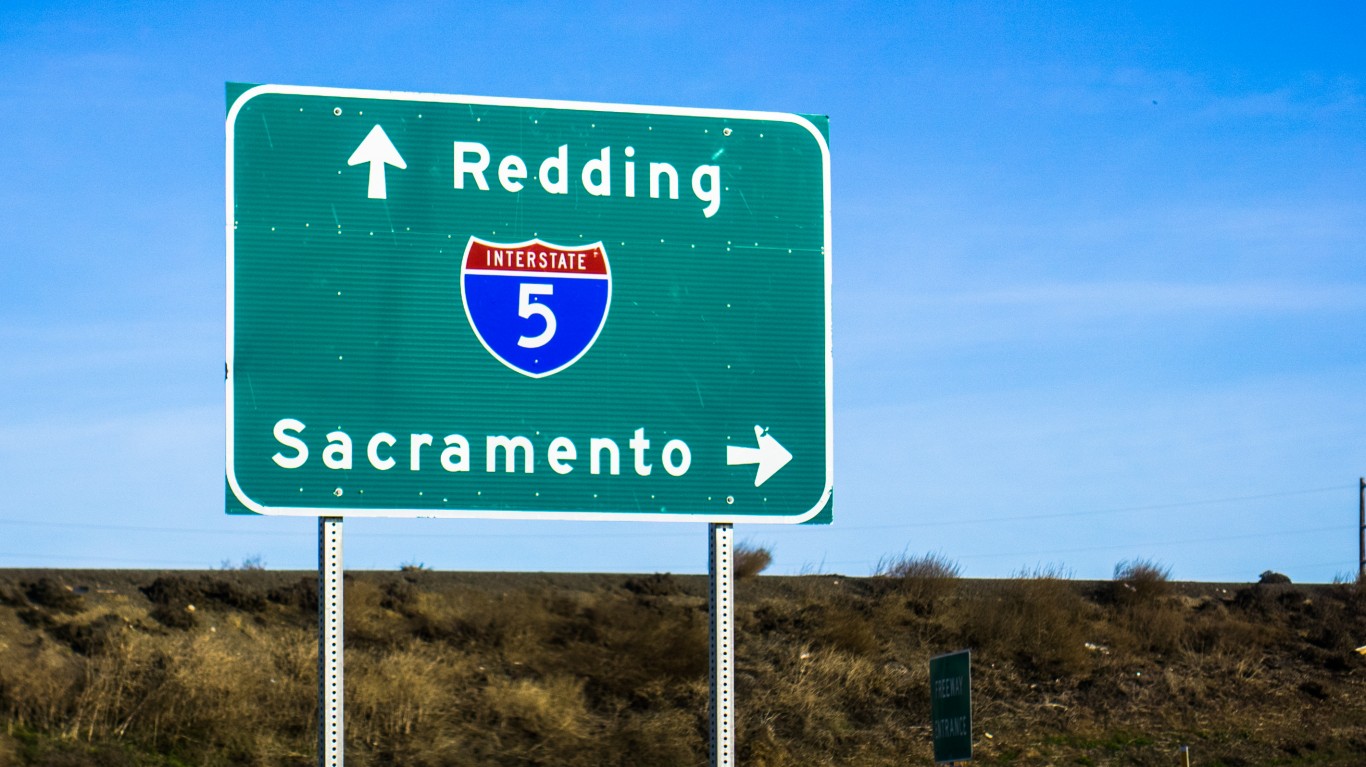

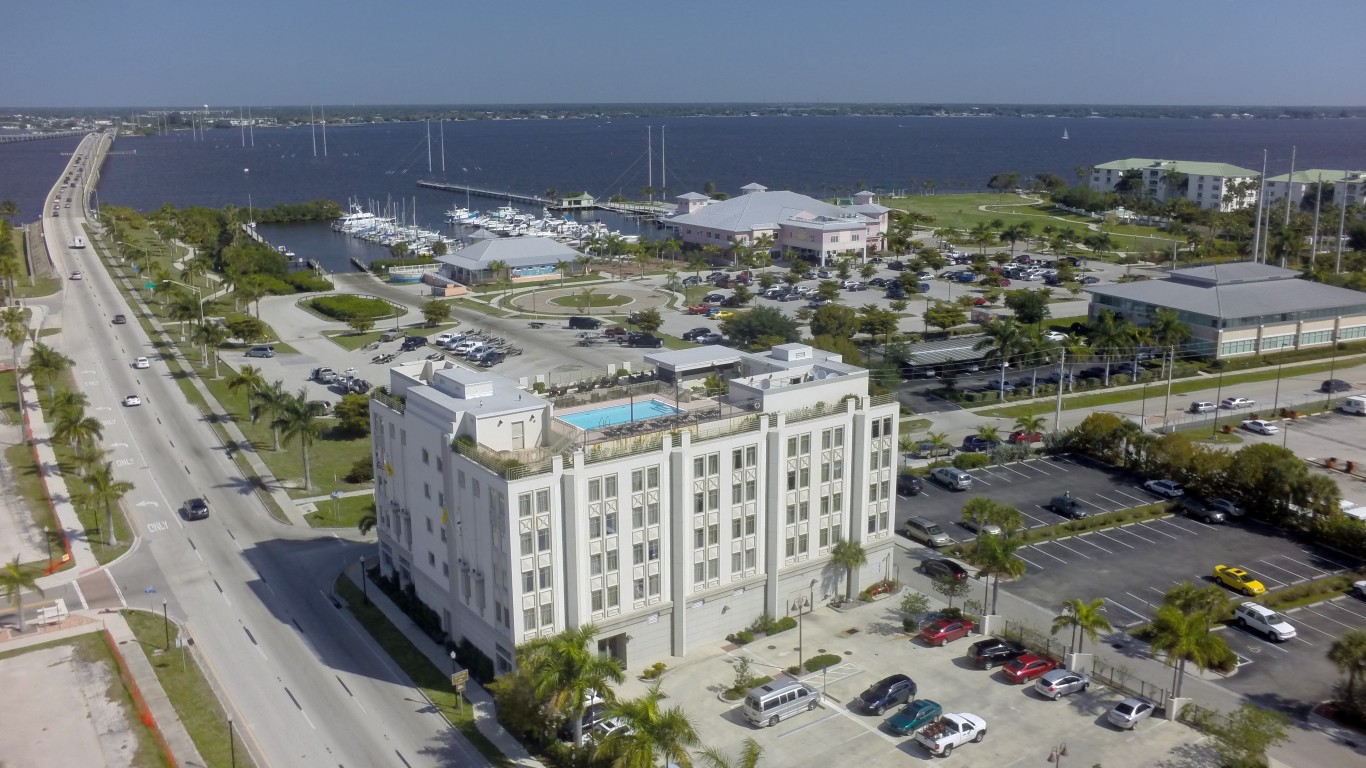
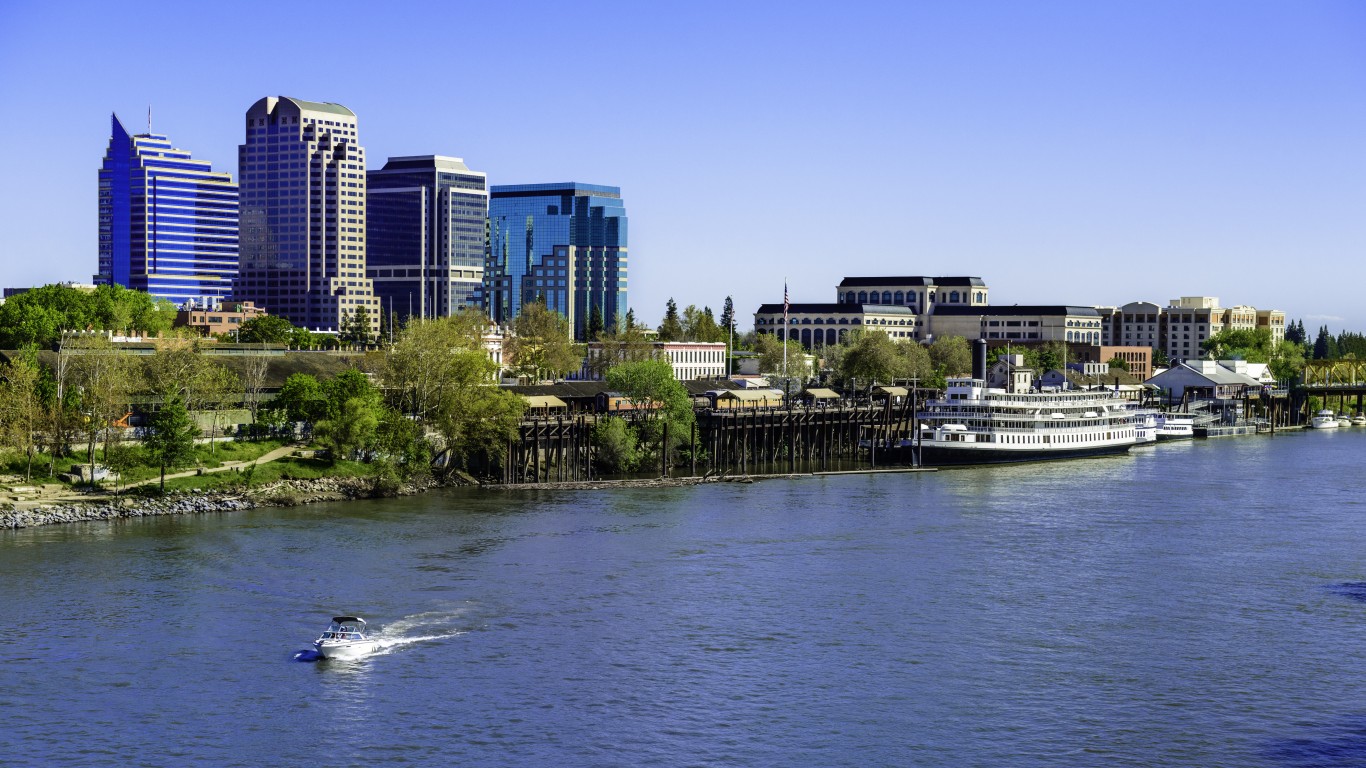

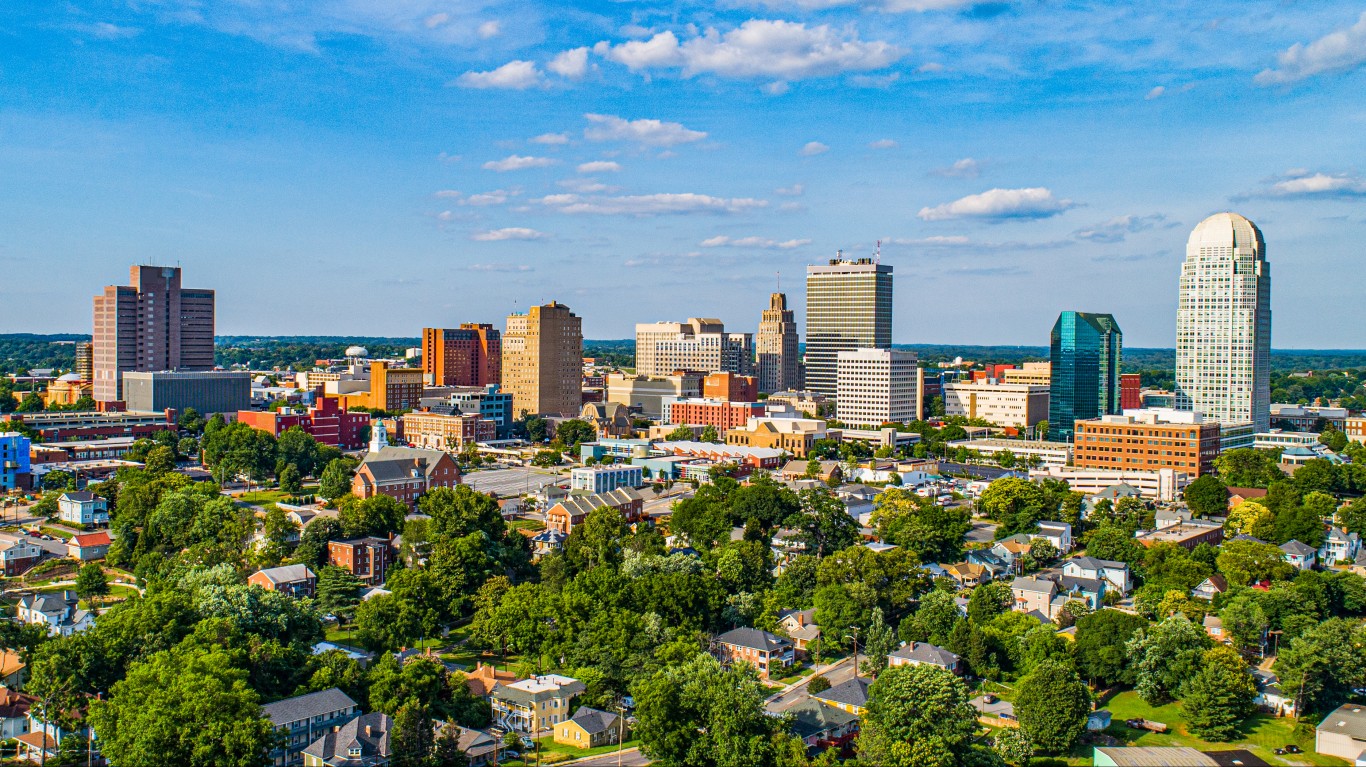
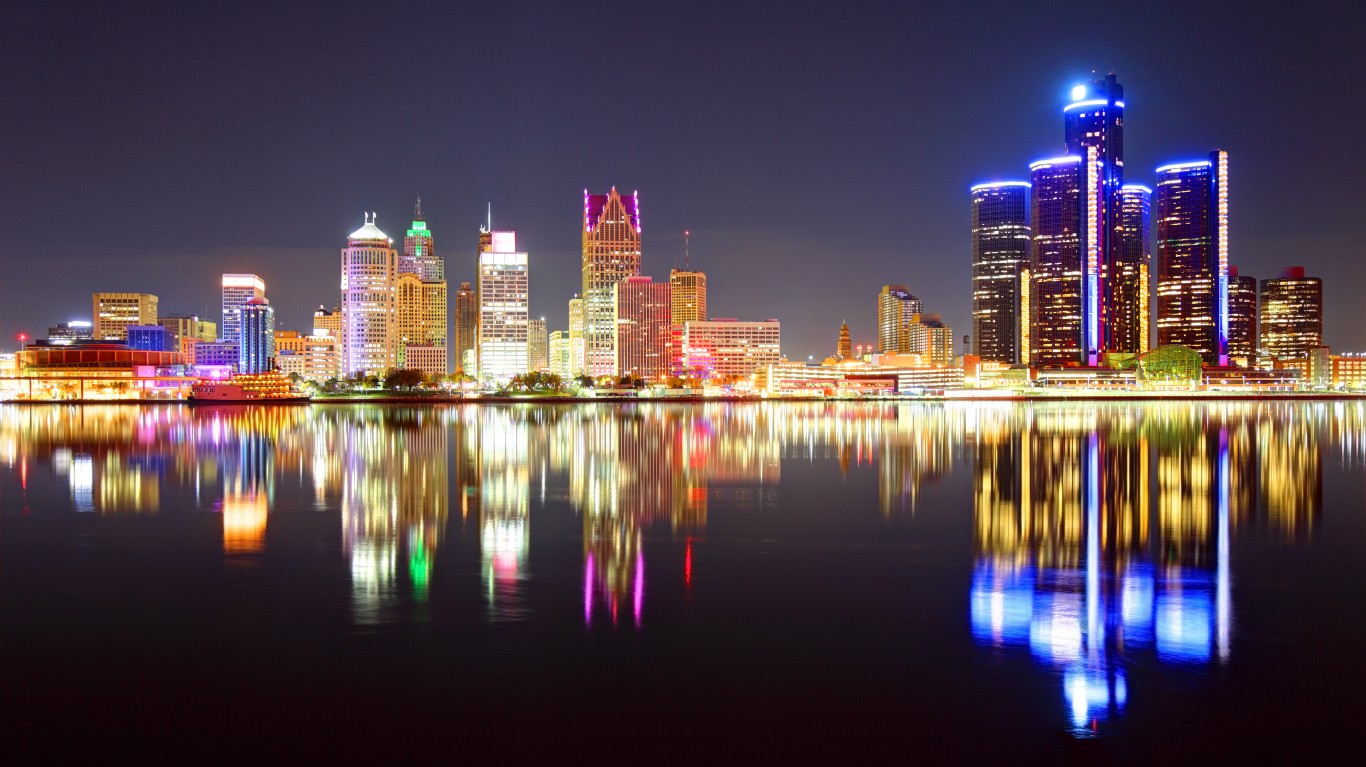
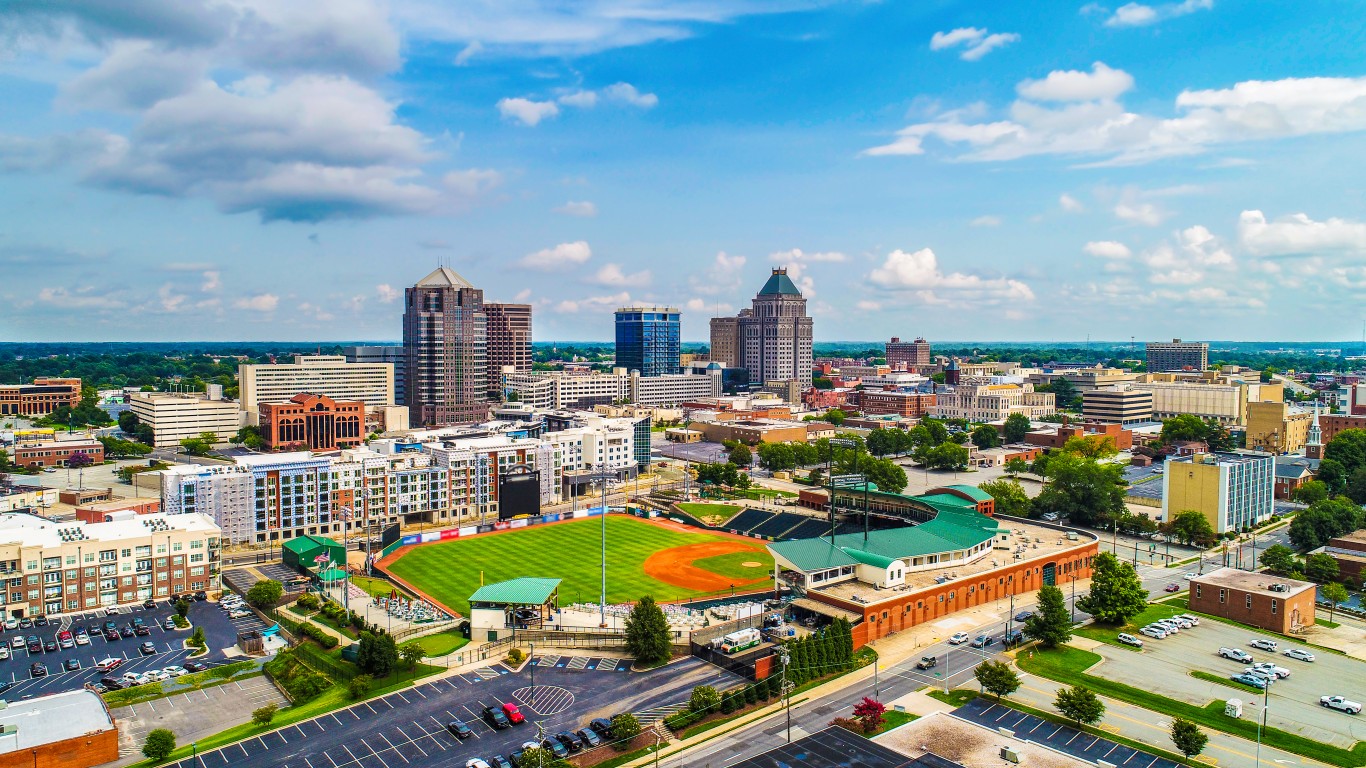

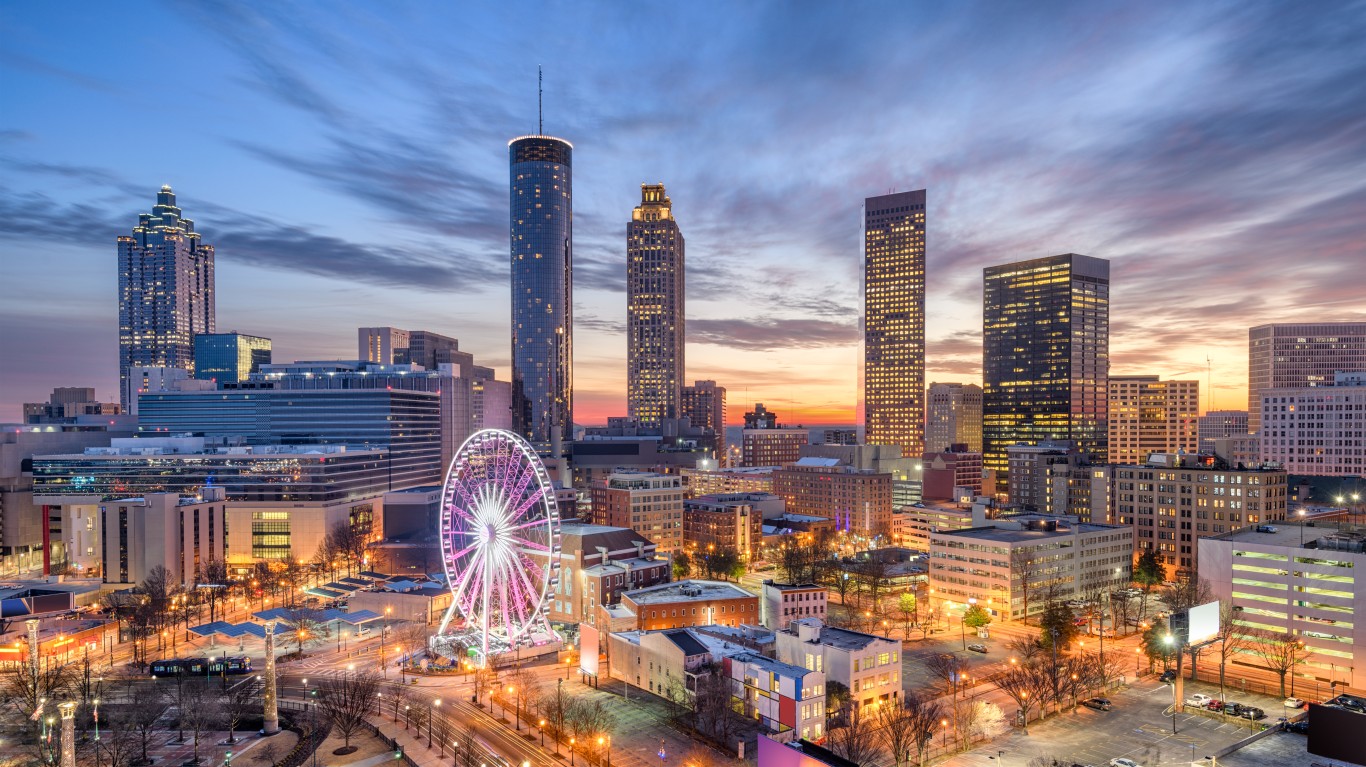

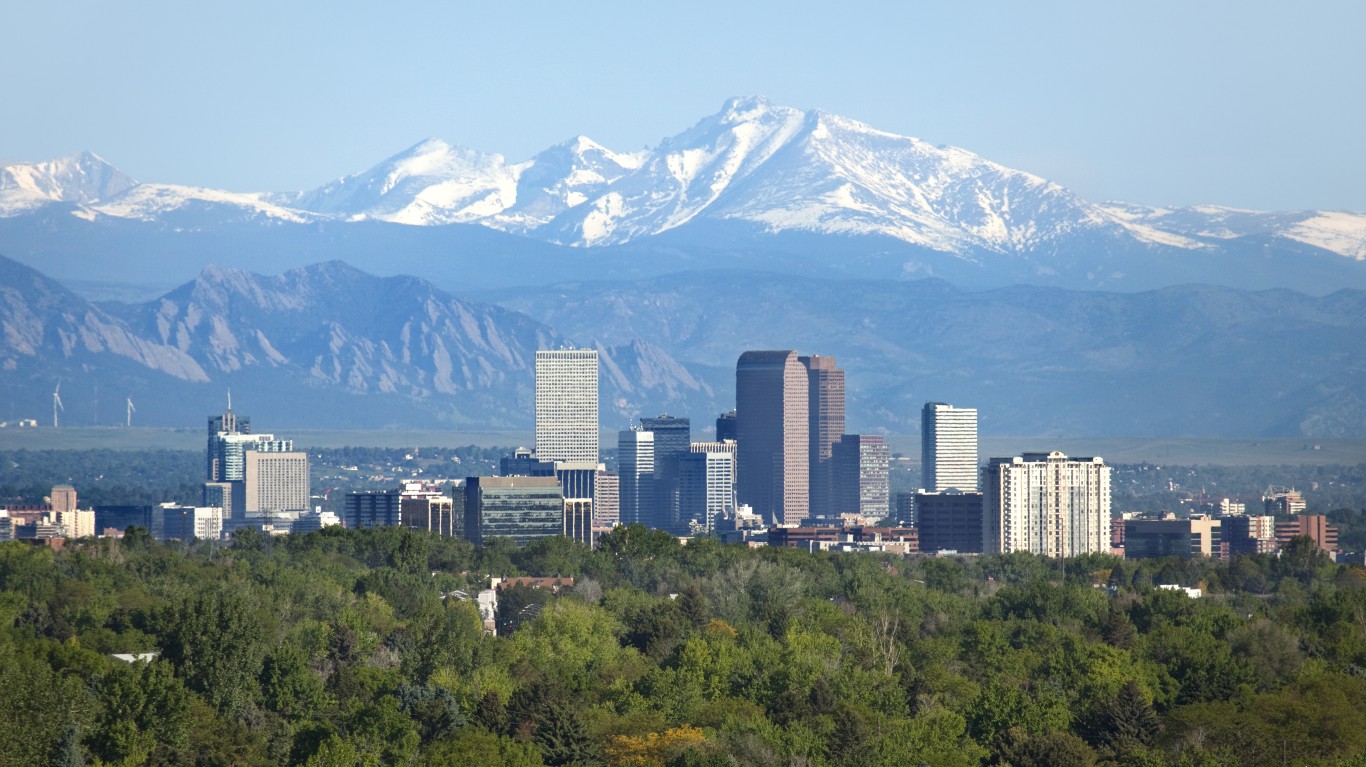
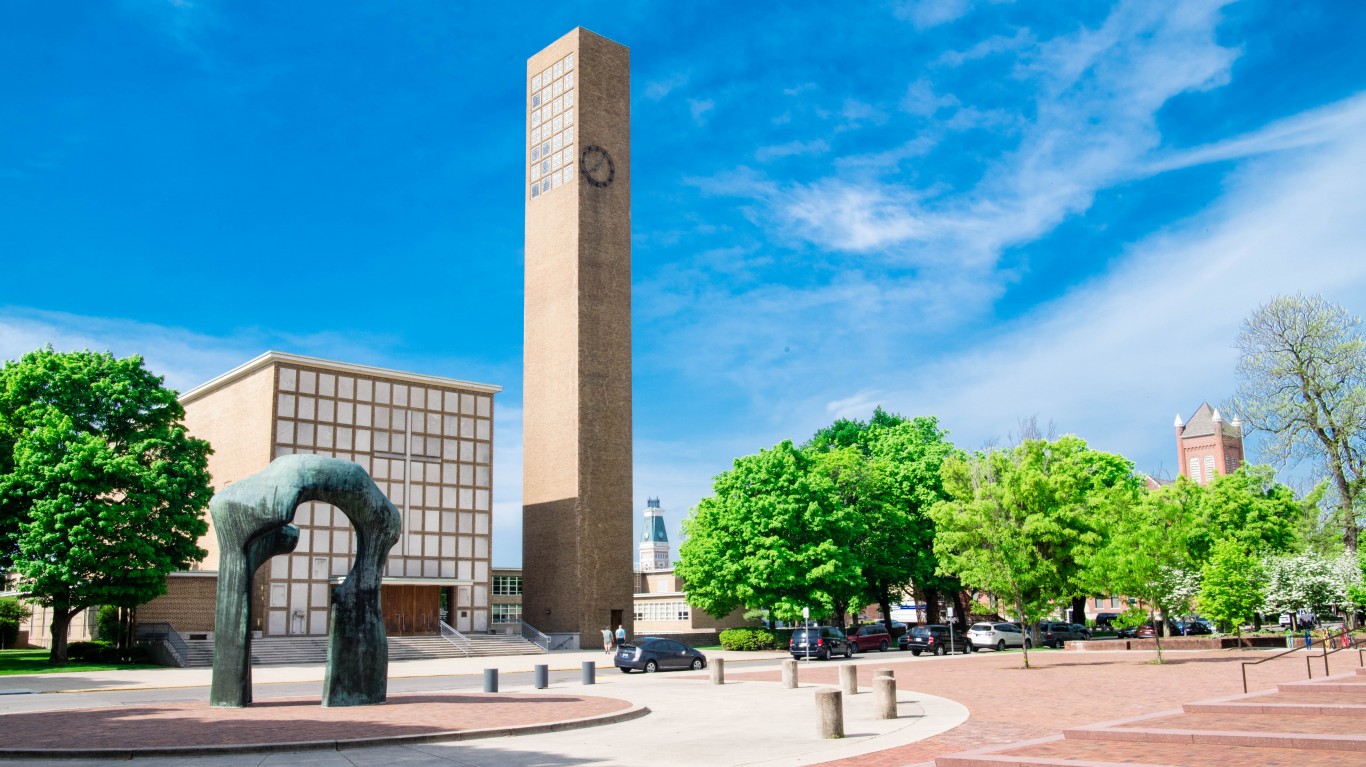
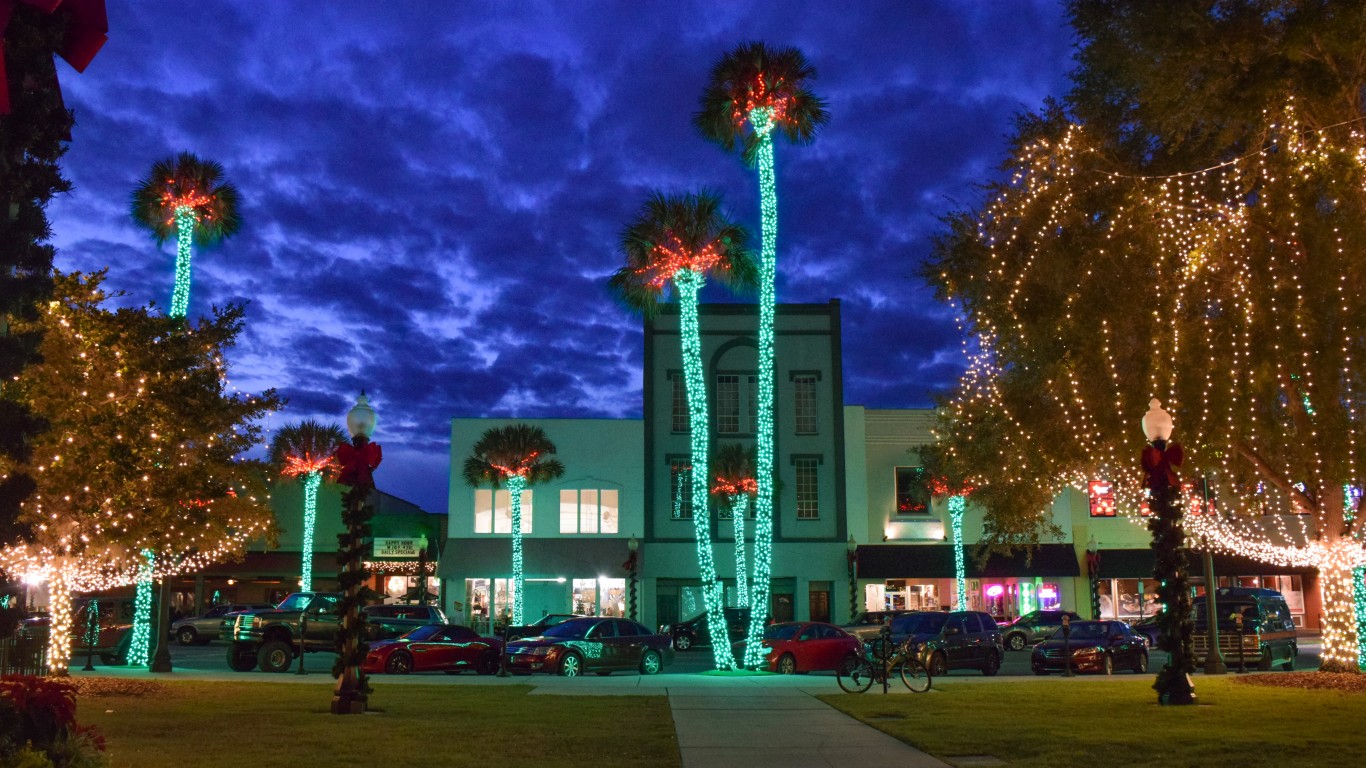


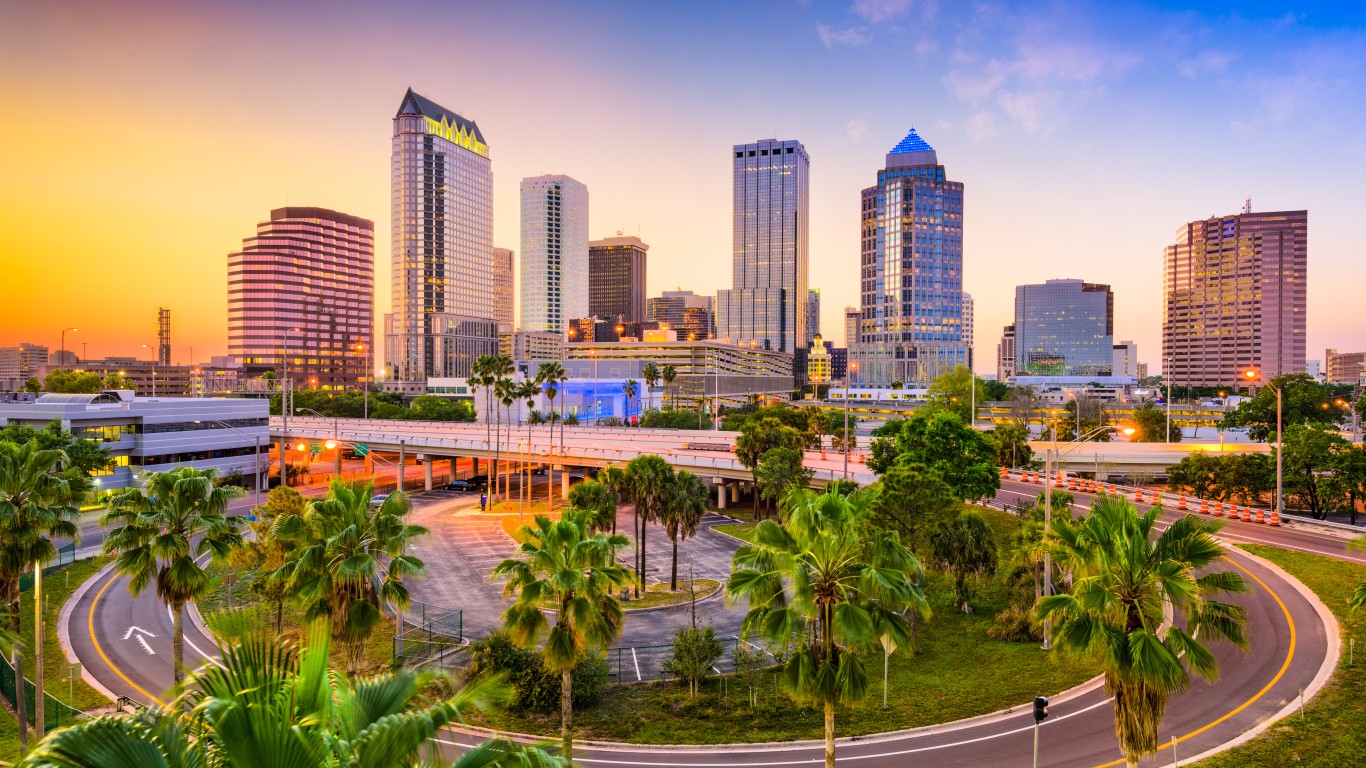




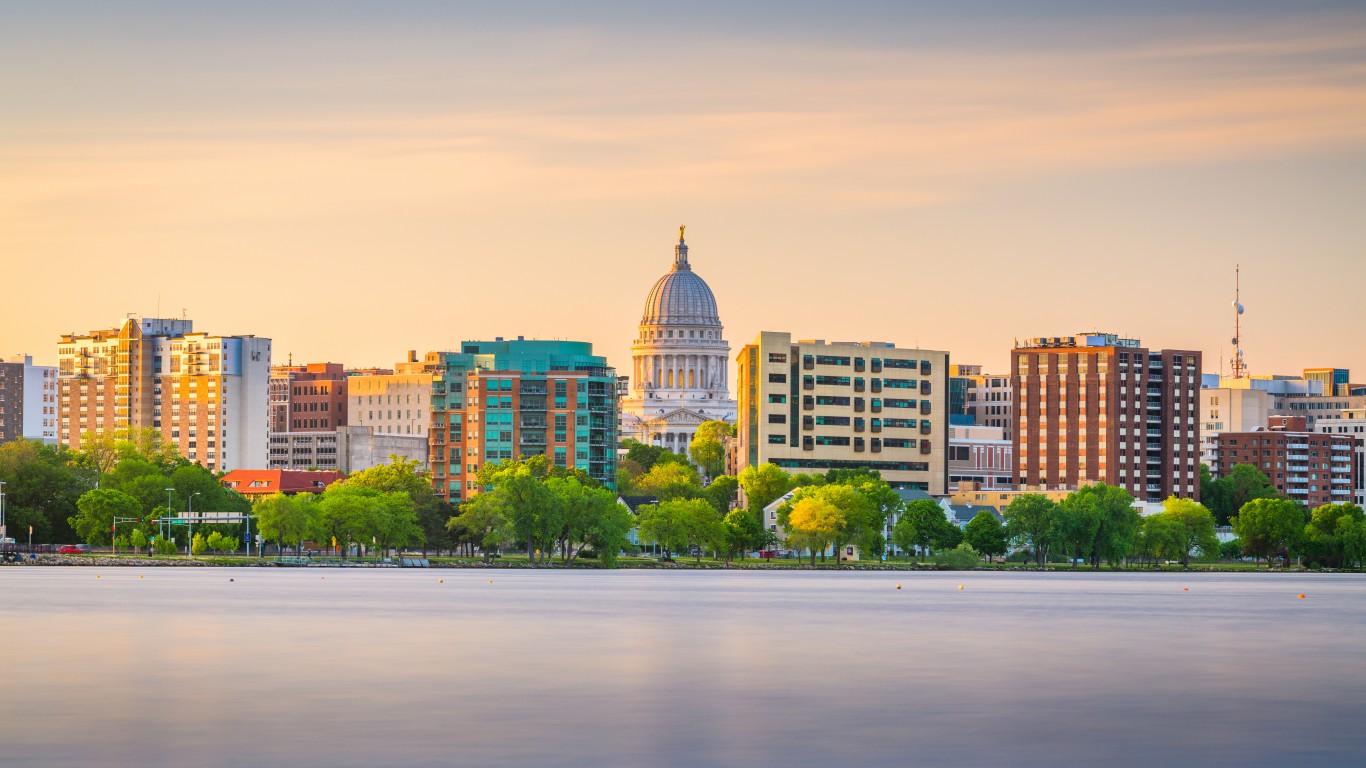

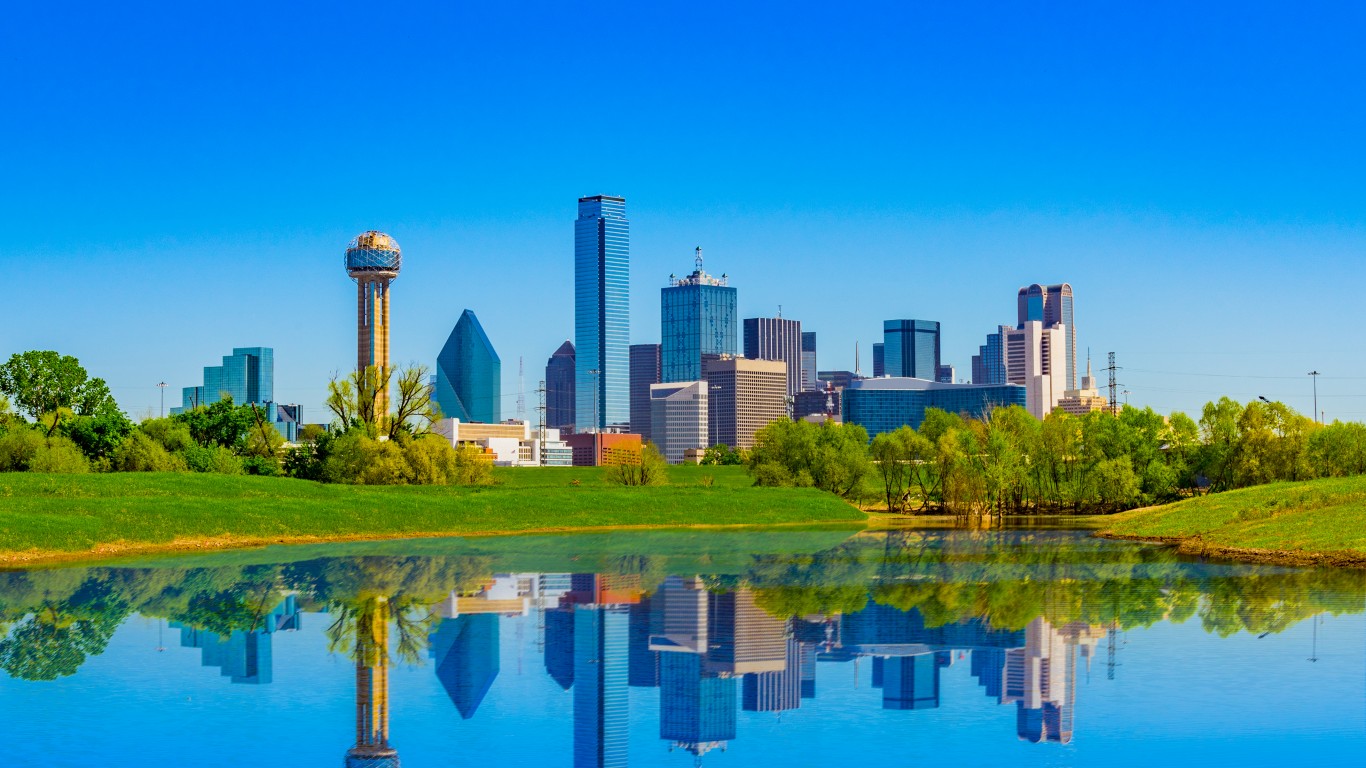





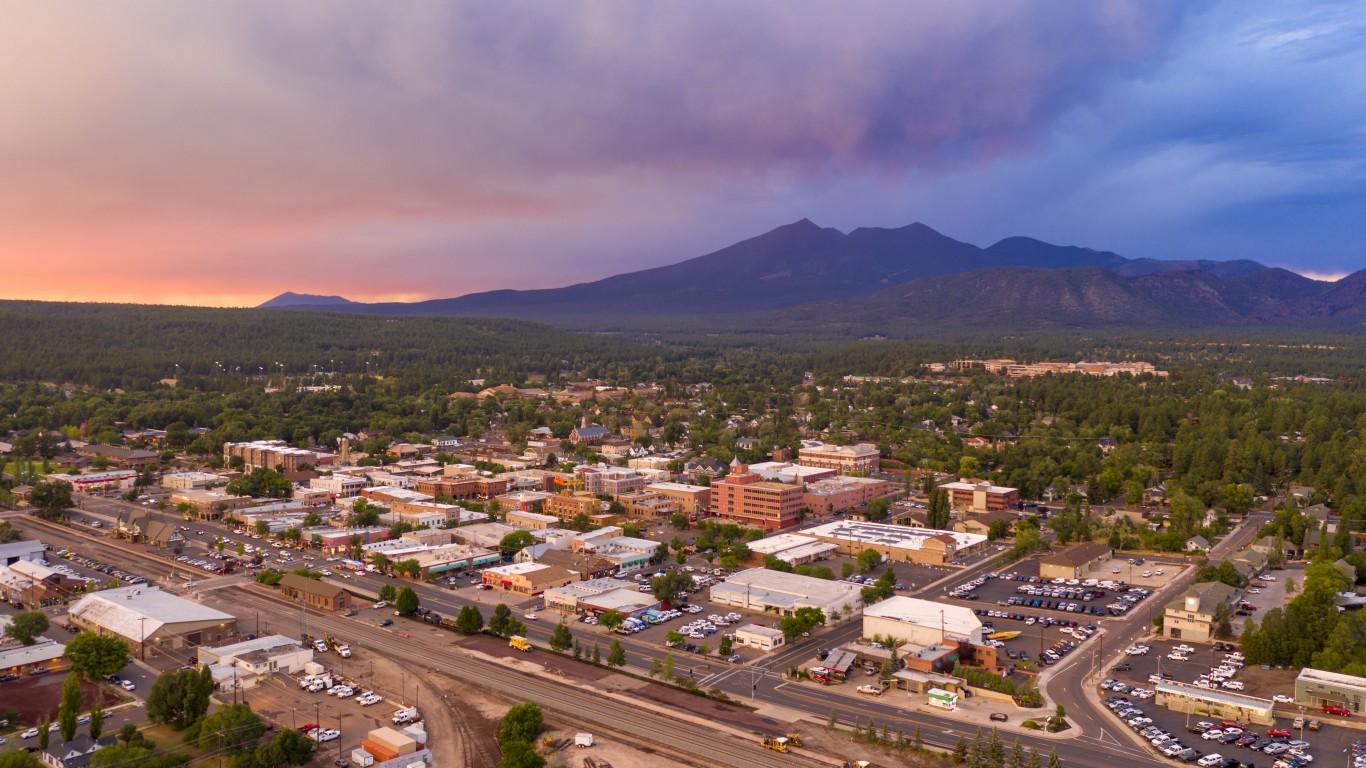
Thank you for reading! Have some feedback for us?
Contact the 24/7 Wall St. editorial team.